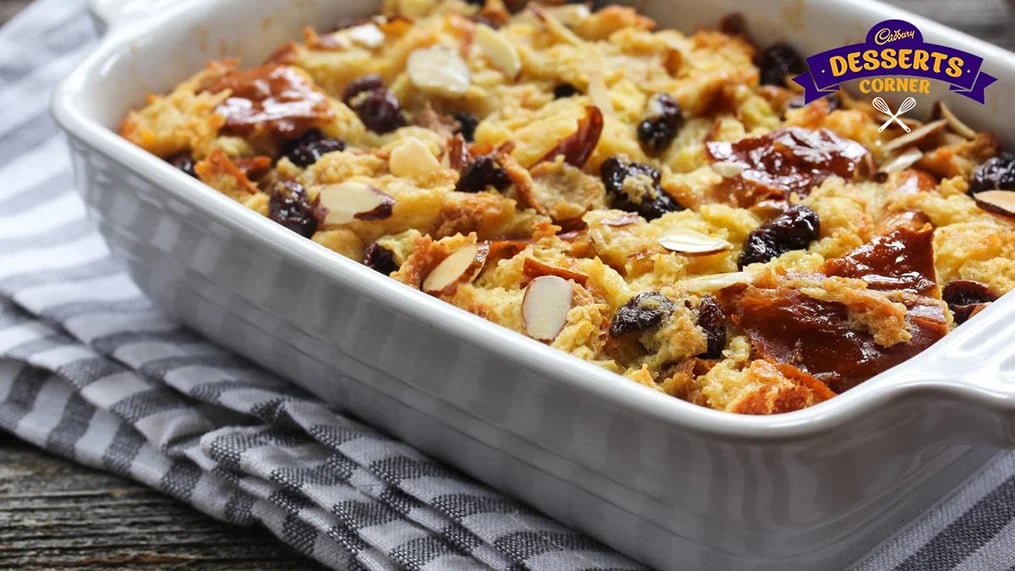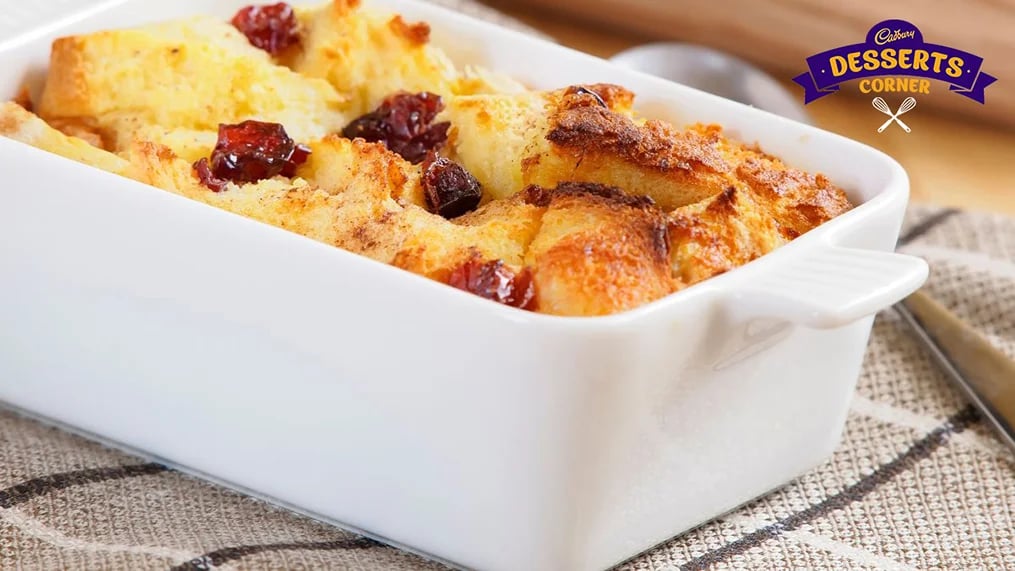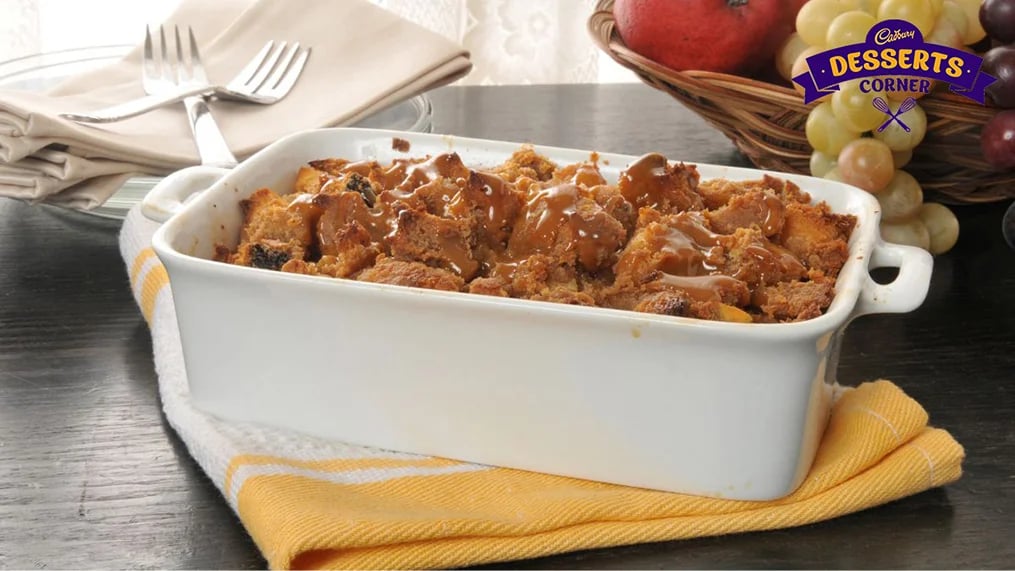Let’s take a voyage through history to explore where bread pudding originated and uncover the secrets to creating a rendition of this timeless delight in your own kitchen.

Bread pudding, a dessert that brings comfort like no other, has a past that stretches back for centuries. This delightful treat, cherished for its simplicity and versatility has transformed over time, gracing tables around the world. Today, let’s take a voyage through history to explore where bread pudding originated and uncover the secrets to creating a rendition of this timeless delight in your own kitchen.
The Origins of Bread Pudding

The origins of bread pudding can be traced back to the 12th century. It began as a solution for making use of bread during times when food was scarce and precious. The basic concept involved, soaking bread in a mixture of milk, eggs and sweetener before baking it until it set.
As time went on, bread pudding progressed from being a dish enjoyed by peasants to becoming a culinary staple in both European and American cuisines. In England, during the 11th and 12th century, it earned the moniker "poor man’s pudding" representing its humble beginnings rooted in resourcefulness and thriftiness. During the Victorian era, bread pudding underwent a transformation and became a highly regarded dessert. Chefs during that time, experimented with ingredients such as dried fruits, spices and even spirits.
The Ultimate Bread Pudding Recipe

Now, let’s explore the art of creating the perfect bread pudding, a dessert that combines rustic charm with refined flavors. Below is a recipe that will walk you through each step:
Ingredients:
- 10 slices of day-old bread (preferably dense varieties like brioche or sourdough)
- 475 ml whole milk
- 60 ml cream
- 100 grams granulated sugar
- 2 large eggs (beaten)
- 1 teaspoon vanilla extract
- 1 teaspoon ground cinnamon
- A pinch of salt
- 50 grams raisins or sultanas
- 30 grams butter (melted)
Instructions:
- Preparation: Preheat your oven to 180°C (350°F). Tear the bread into bite-sized pieces and place them in a large mixing bowl.
- Preparing the Custard: In a saucepan, gently heat the milk and cream until warm but not boiling. In a bowl, whisk together the beaten eggs, sugar, vanilla extract, cinnamon and salt. Gradually, add the milk mixture to the egg mixture while stirring constantly.
- Assembling the Pudding: To make the pudding, start by pouring the custard over the bread pieces, making sure all of them are well soaked. Add in the raisins or sultanas. Allow the mixture to sit for 15 minutes, allowing the bread to fully absorb the custard.
- Next, transfer the bread mixture into a greased baking dish. Drizzle melted butter on top. Bake it in the oven for about 35 to 45 minutes until you achieve a top and set custard.
- Once baked, let the pudding cool slightly before serving. It can be enjoyed either warm or at room temperature perhaps accompanied by a dollop of cream or a drizzle of caramel sauce.

In conclusion, bread pudding is not just a testament to creativity but also an example of resourcefulness throughout history. This beloved classic dessert has evolved from being a solution for using leftovers into something that brings joy to those who indulge in it. By following this recipe, you can recreate this timeless dish in your kitchen while adding your own
touch. As you savor each bite, appreciate the centuries of tradition and love that have been baked into every morsel of this celebratory dessert.
Like This Article?
More Like This



Popular Articles





Trending Web Stories
Curated Recipes



















